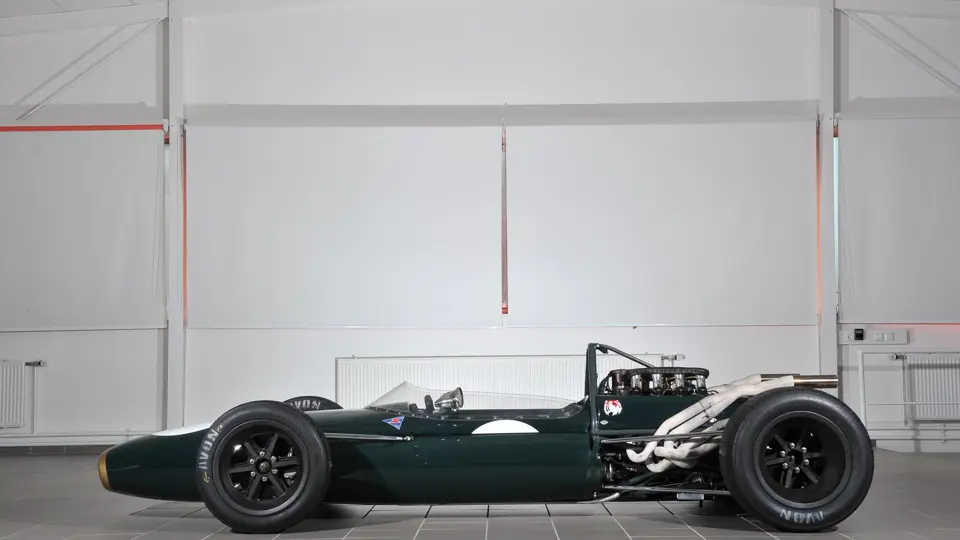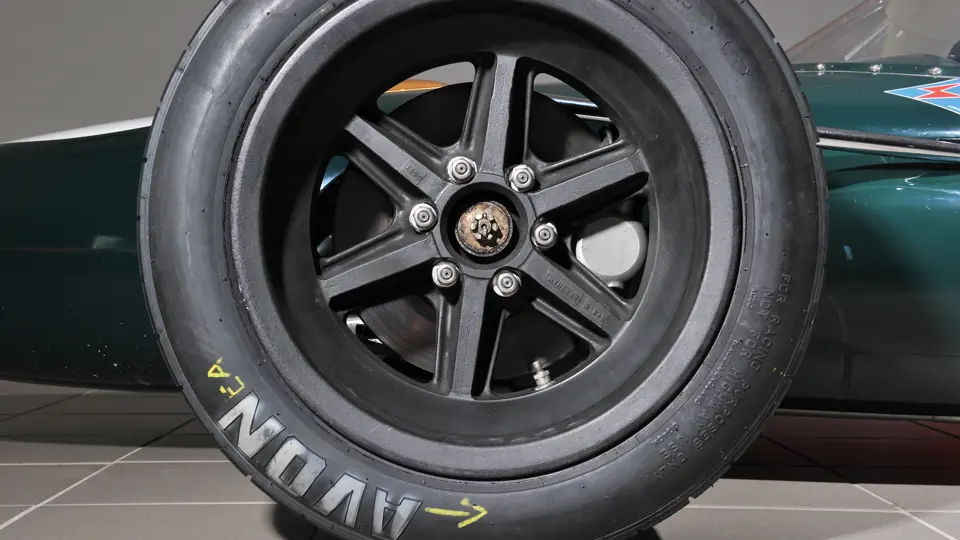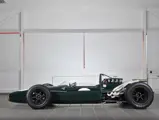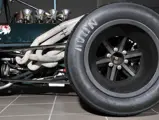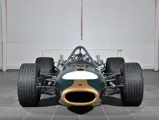
1966 Brabham-Repco BT20 Formula One
{{lr.item.text}}
€1,092,000 EUR | Sold
{{bidding.lot.reserveStatusFormatted}}
- Winner of the 1967 Monaco Grand Prix
- Driven by Denny Hulme en route to his 1967 Drivers’ Championship
- Integral part of Brabham’s back-to-back Constructors’ Championships
- Well known in the F1 and vintage racing communities
- Three-year restoration completed in 2010
- Victorieuse au Grand Prix de Monaco 1967
- Pilotée par Denny Hulme lors de sa course au titre de Champion du Monde 1967
- A joué un rôle-clé dans l'obtention des deux titres Brabham au Championnat du Monde des Constructeurs
- Bien connue dans le cercle des compétitions historiques
- Restauration sur trois ans, terminée en 2010
300 bhp, 2,994 cc SOHC V-8 engine, five-speed manual transmission, front and rear independent wishbone suspension with coil springs, anti-roll bars, and adjustable shock absorbers, and four-wheel Girling disc brakes. Wheelbase: 2,375 mm
Moteur V-8, 2 994 cm3, 300 ch, 1 ACT par banc, boîte manuelle cinq rapports, suspension avant et arrière indépendante à triangles, ressorts hélicoïdaux, barres antiroulis et amortisseurs réglables, freins Girling à disques ventilés sur les quatre roues. Empattement: 2 375 mm.
When the FIA announced in late 1963 that a three-litre limit would be imposed on Formula One racing in 1966, a scramble ensued amongst competitors to develop suitable new engines. The Coventry Climax inline four-cylinder engine, already in use by numerous teams, offered the most obviously adaptable foundation for the new formula, but Coventry’s resources were already spread too thin by then, and service and parts availability were increasingly an issue.
After realising that a fresh approach was required, Australian racer and team manager Jack Brabham turned to Repco, an Australian parts supplier. Development centred on Oldsmobile’s F85 V-8 block, which offered the advantage of a pre-existing and proven crankcase. Overseen by Brabham engineer Phil Irving, Repco decreased the displacement and substituted the overhead-valve arrangement with a single chain-driven camshaft, minimising the engine’s size and allowing it to fit into the successful BT chassis (named for Brabham and co-designer Ron Tauranac).
Whilst the first type RB 620 motors were based on original F85 blocks, all-new castings eventually allowed Repco to create the blocks out of aluminium. The lightweight powerplant proved to be extremely reliable and consequently far more successful than most of the three-litre powerplants developed from scratch by the competition. Jack Brabham began the 1966 season driving the sole BT19 chassis, but within a matter of months, two BT20 cars were built that were essentially identical to the BT19, with the exception of a circular-tube frame (rather than oval) and a reinforced cockpit.
Chassis F1-2-66, the second of these two cars, commenced racing at the French Grand Prix on 3 July 1966, where it was driven by the renowned Denny Hulme. Just breaking in with the Brabham team in 1964, Hulme had become a reliable back-up driver who displayed steady improvement, and his rise to greatness was evidenced by the 3rd place finish at Reims in 1966. Two weeks later, at the British Grand Prix, Hulme roared to a 2nd place finish and then 3rd at Monza on 4 September. Another 2nd place at Oulton Park followed on 17 September, with a 3rd place at the season-concluding Mexican Grand Prix on 23 October, sealing Brabham’s 1966 Constructors’ Championship. Notably, Jack Brabham also secured the Drivers’ Championship that year, becoming the first and only driver to ever win the title in his own car.
The 1967 season proved to be even more significant for F1-2-66, as the car became a focal point of the Brabham team’s efforts. The car was driven exclusively by Hulme for the first half of the season, finishing 4th at Kyalami on 2 January, 2nd at Oulton Park on 15 April, and taking its first chequered flag on 7 May at the Monaco Grand Prix, which was a fitting locale for the car’s greatest racing accomplishment.
Hulme drove the car one final time at the Dutch Grand Prix on 4 June, where he finished 3rd. After which, the Brabham team retired its two BT20s and moved forward with the development of the BT24. Regardless, F1-2-66 boasts an important place in F1 racing history, as Hulme went on to win the 1967 Drivers’ Championship and Brabham won its second consecutive Manufacturers’ Championship—achievements that would have gone unrealised were it not for this car’s strong contributions.
This BT20 was sold after the 1967 Dutch Grand Prix to Guy Ligier, a former professional rugby player and construction magnate who took to racing later in life and had struck up a friendship with Jack Brabham. Ligier ran the car for the remainder of the 1967 season, finishing 6th at the German Grand Prix at Nürburgring on 6 August 6 and 11th at the 1967 Mexican Grand Prix. After the 1967 season, Ligier sold the car to Charles Vögele, and it was raced throughout 1968 by Silvio Moser, placing as high as 5th at the Dutch Grand Prix.
During the off-season, the Brabham-Repco was purchased by Franz Albert and raced a handful of times in 1969, finishing 5th at the European Hill Climb Championship at Gaisberg on 7 September. After being acquired by the legendary Jo Siffert for his private collection, F1-2-66 subsequently passed through a small handful of caretakers, eventually returning to race in vintage format at the first Monaco Historic Grand Prix in 1997.
After being acquired by the consignor in February 2007, this important BT20 was comprehensively restored by Peter Rosenmayer, of Stuttgart, with the work totalling to approximately €200,000, as illustrated by numerous invoices. Following completion, a technical passport was issued by the FIA on 30 April 2010, and the car has since attended classic events at Hockenheim and Dijon. It remains very well known by the historic racing community, particularly in Brabham’s native Australia and Hulme’s homeland of New Zealand.
F1-2-66 is one of only two BT20 examples constructed, and it is a centrifugal component of the accomplishments of Brabham and Hulme. This, along with it being equipped with an original 1966 Repco V-8, would make it an outstanding addition to any collection of important race cars.
Lorsque la FIA a annoncé, à la fin de l'année 1963, qu'une limite à 3 litres allait être imposée aux voitures de Formule 1 à partir de 1966, les compétiteurs se sont mis immédiatement au travail pour développer des moteurs adéquats. Le quatre-cylindres en ligne Coventry Climax, déjà utilisé par de nombreuses écuries, offrait la formule la plus adaptable au nouveau règlement, mais les ressources de Coventry étaient alors trop faibles, et la fourniture de pièces et d'assistance était de plus en plus problématiques.
Après avoir réalisé qu'une approche nouvelle était nécessaire, Jack Brabham, pilote et directeur d'écurie australien, s'est tourné vers Repco, un fournisseur australien de pièces. Le développement est parti d'un V-8 d'Oldsmobile F85, qui offrait l'avantage d'un bloc existant et éprouvé. Sous la supervision de Phil Irving, l'ingénieur de Brabham, Repco réduisait la cylindrée et remplaçait la distribution à soupapes culbutées par un ACT commandé par chaîne, ce qui permettait de réduire les dimensions du moteur pour qu'il puisse prendre place dans l'excellent châssis BT (dont le nom venait de Brabham et de son co-designer Ron Tauranac).
Alors que les premiers moteurs type RB 620 étaient basés sur les blocs F85 d'origine, de nouveaux moules ont permis à Repco de créer des blocs en aluminium. Ce moteur léger s'est révélé extrêmement robuste et par conséquent beaucoup plus efficace que la plupart des moteurs 3 litres conçus à partir d'une feuille blanche. Jack Brabham a commencé la saison 1966 en pilotant le seul châssis BT19 mais, au bout de quelques mois, deux BT20 voyaient le jour. Elles étaient presque identiques à la BT19, à l'exception d'un châssis en tubes de section ronde (au lieu d'ovale) et d'un habitacle renforcé.
Le châssis F1-2-66, le deuxième de ces deux voitures, est apparu pour la première fois au Grand Prix de France, le 3 juillet 1966, piloté par l'excellent Denny Hulme. Intégré à l'équipe Brabham depuis 1964, Hulme était devenu un second pilote fiable et qui ne cessait de s'améliorer, ce que l'on a pu constater avec sa troisième place à Reims, en 1966. Deux semaines plus tard, au Grand Prix d'Angleterre, Hulme décrochait la deuxième place, suivie d'une troisième à Monza le 4 septembre. Une autre deuxième place suivait à Oulton Park le 17 septembre, puis une troisième au dernier Grand Prix de la saison, celui du Mexique, le 23 octobre, permettant ainsi à Brabham de remporter le titre au Championnat du Monde des Constructeurs. L'Australien devenait donc le premier et seul pilote à obtenir ce titre au volant de sa propre voiture.
La saison 1967 se montrait encore plus significative pour F1-2-66, car cette voiture est devenue un point central des efforts de l'équipe Brabham. Elle était pilotée exclusivement par Hulme pendant la première moitié de la saison, terminant quatrième à Kyalami le 2 janvier, deuxième à Oulton Park le 15 avril, et remportant sa première victoire au Grand Prix de Monaco, un lieu parfaitement approprié pour le meilleur résultat de cette voiture.
Hulme pilotait la voiture une dernière fois au Grand Prix de Hollande le 4 juin, où il finissait troisième. Par la suite, l'équipe Brabham retirait ses deux BT20 et se concentrait sur le développement de la BT24. Quoi qu'il en soit, F1-2-66 occupe une place importante dans l'histoire de la Formule 1, car Hulme a ensuite remporté le Championnat du Monde Pilotes en 1967, Brabham signant sa deuxième couronne consécutive au championnat constructeurs—des succès qui n'auraient pas eu lieu sans l'importante contribution de cette voiture.
Cette BT20 était vendue après la saison 1967 à Guy Ligier, ancien joueur de rugby professionnel et entrepreneur de travaux publics qui s'était mis relativement tard à la course automobile et qui s'était lié d'amitié avec Jack Brabham. Ligier courait avec la voiture à la fin de la saison 1967, terminant sixième au Grand Prix d'Allemagne, au Nürburgring, le 6 août et onzième au Grand Prix du Mexique 1967. Après la saison 1967, Ligier cédait la voiture à Charles Vögele, et elle était utilisée pendant la saison 1968 par Silvio Moser, qui obtenait encore une cinquième place au Grand Prix de Hollande.
Pendant l'intersaison, la Brabham-Repco était achetée par Franz Albert qui l'engageait plusieurs fois en 1969, signant une cinquième pace à la course de côte du Gaisberg, le 7 septembre, dans le cadre du Championnat d'Europe de la Montagne. Après avoir appartenu à Jo Siffert qui l'avait achetée pour sa collection privée, F1-2-66 passait entre les mains de différents propriétaires, retrouvant la piste en configuration historique lors du premier Grand Prix Historique de Monaco, en 1997.
L'actuel propriétaire faisait l'acquisition en 2007 de cette importante BT20 et lui faisait bénéficier d'une restauration complète par Peter Rosenmayer, de Stuttgart, qui effectuait des travaux totalisant environ 200 000 €, comme en témoignent de nombreuses factures. Une fois terminée, un Passeport Technique Historique était délivré par la FIA le 30 avril 2010 et, depuis, cette BT20 a pris part à des rencontres historiques à Hockenheim et Dijon. C'est une voiture bien connue dans le cercle de la compétition historique, en particulier dans le pays natal de Brabham, l'Australie, et celui de Denny Hulme, la Nouvelle-Zélande.
F1-2-66 est une des deux seules BT20 construite, et elle représente un élément-clé des succès de Brabham et de Hulme. Pour cette raison, en plus du fait qu'elle soit équipée d'un V-8 Repco 1966 original, elle constituera un ajout précieux à toute collection d'importantes machines de compétition.
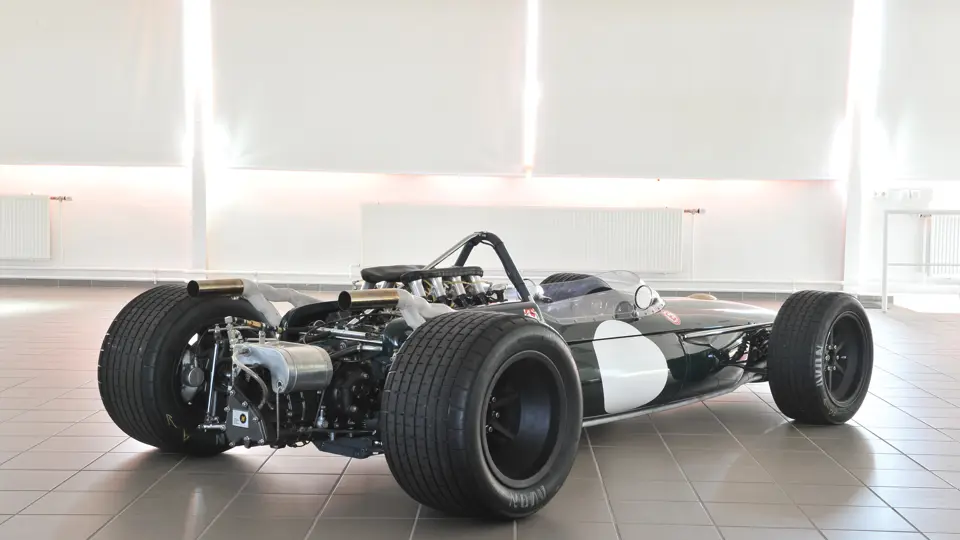



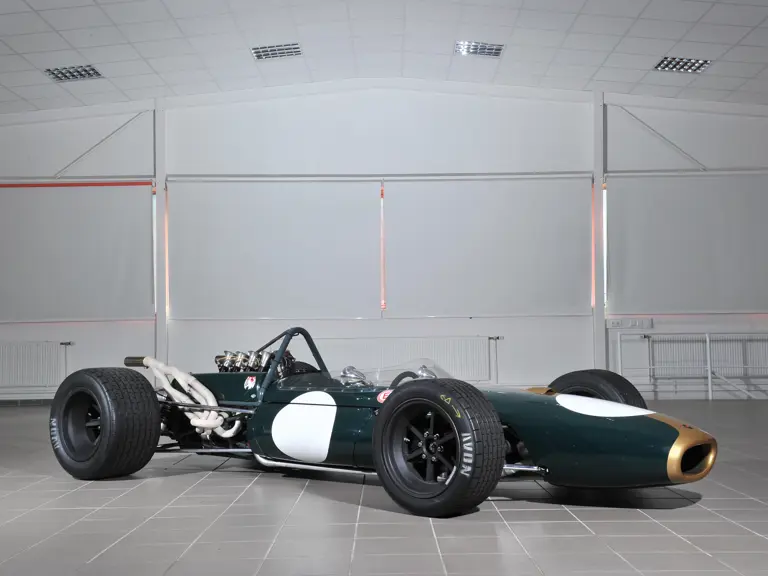
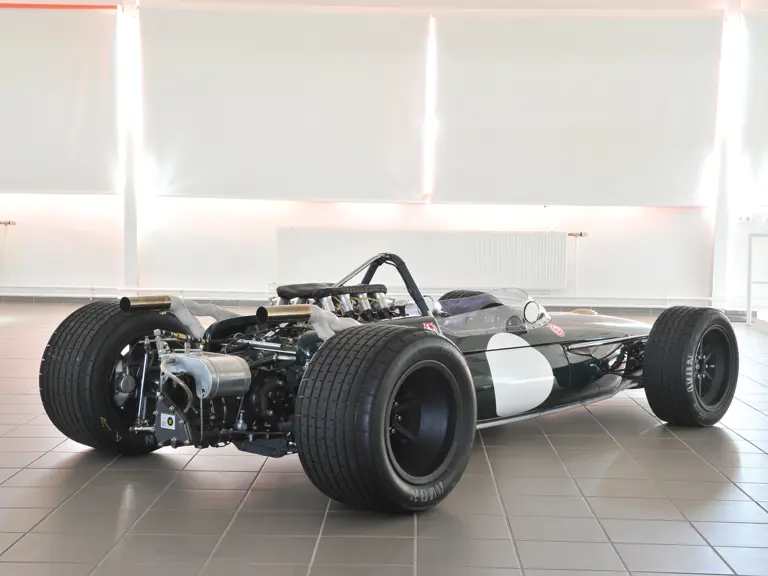
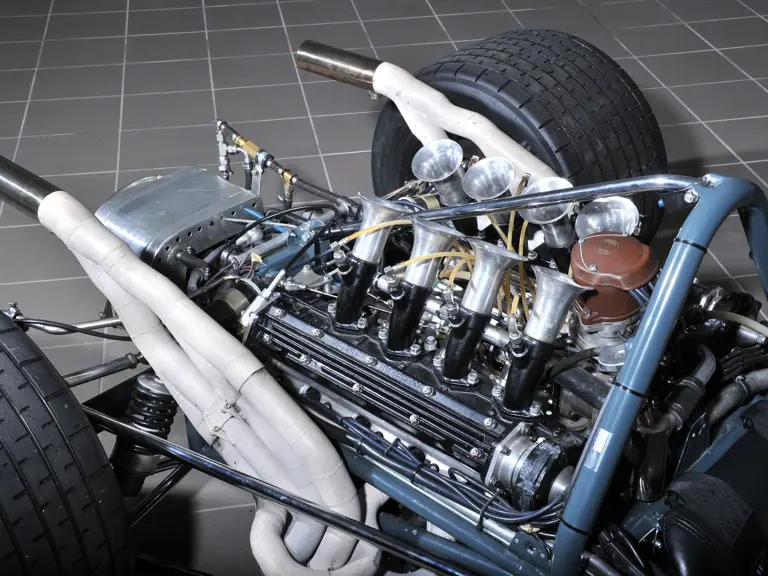



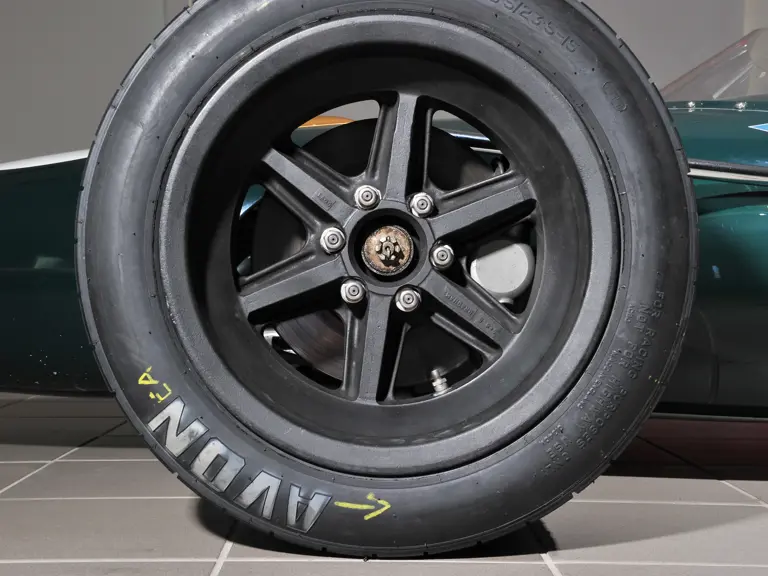
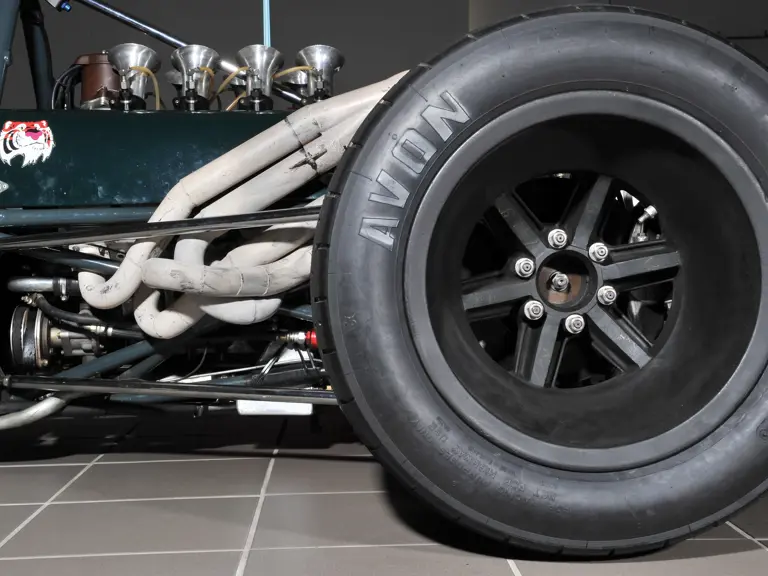
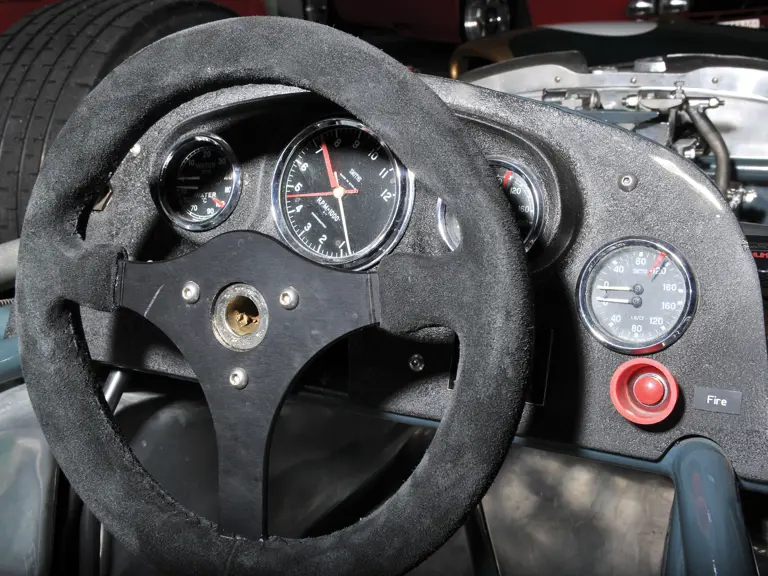
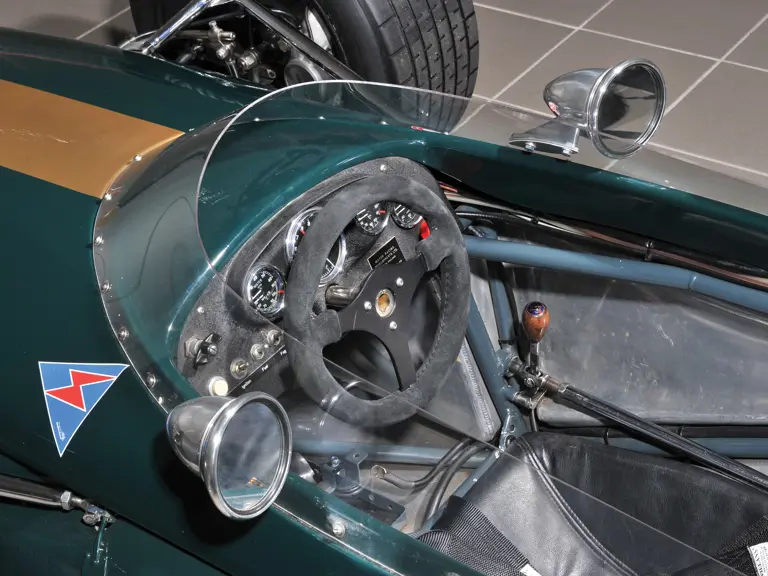
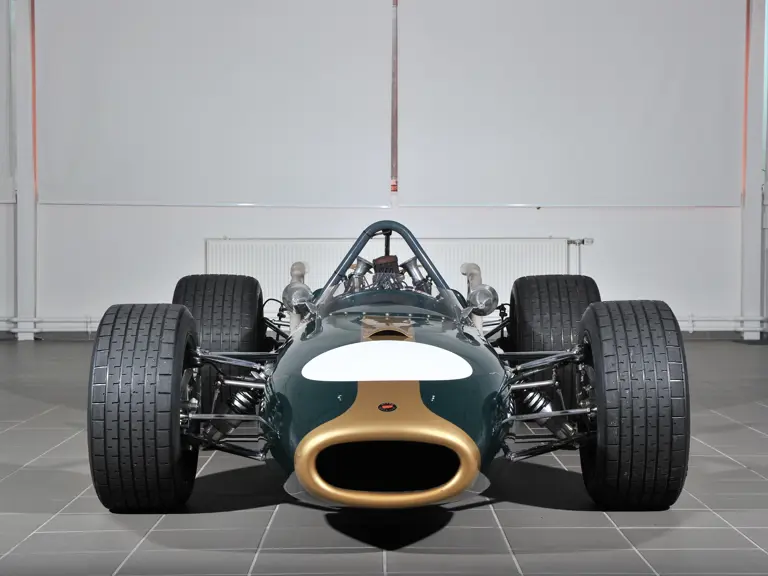
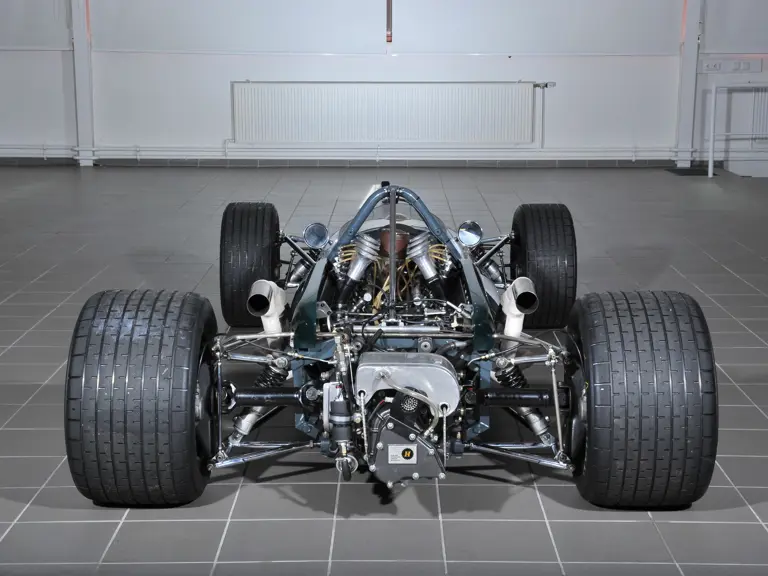

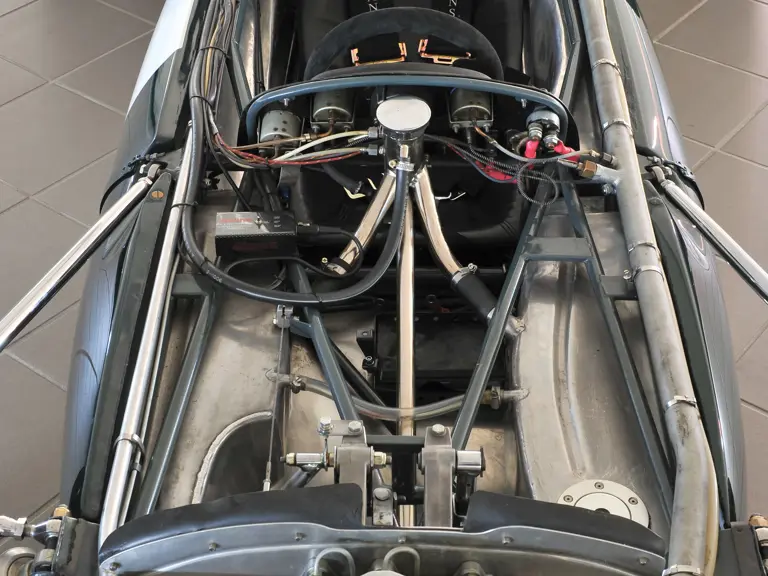
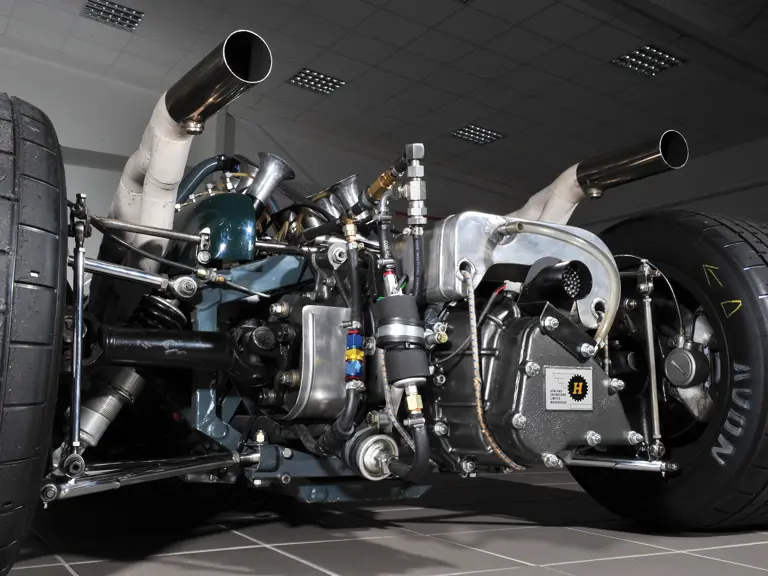
 | Monte Carlo, Monaco
| Monte Carlo, Monaco
